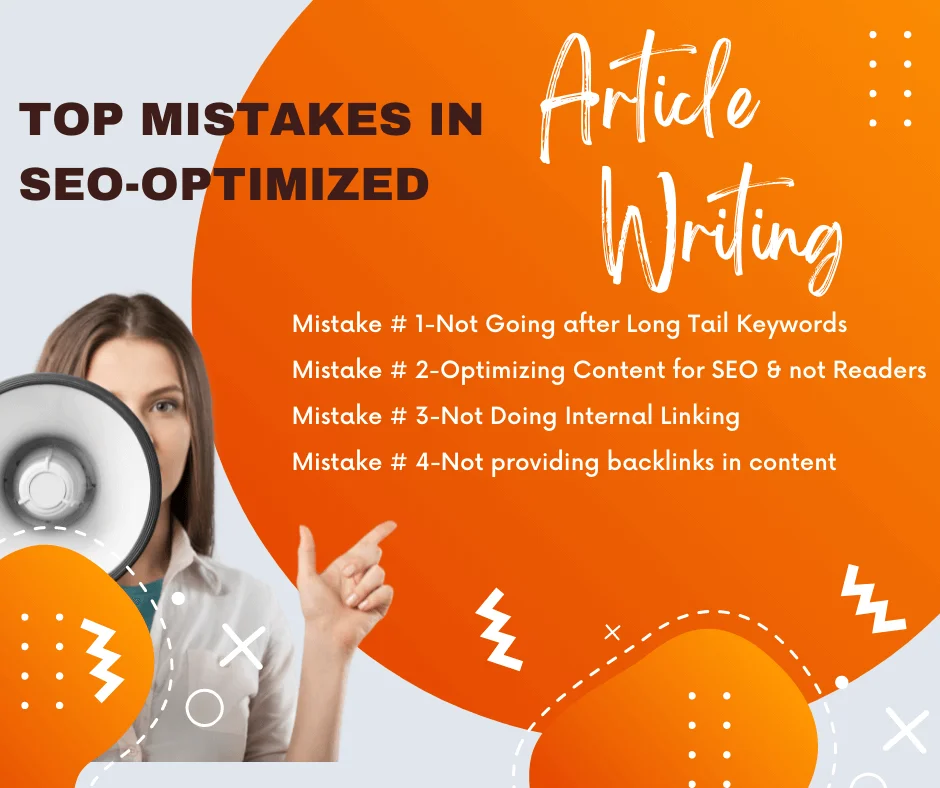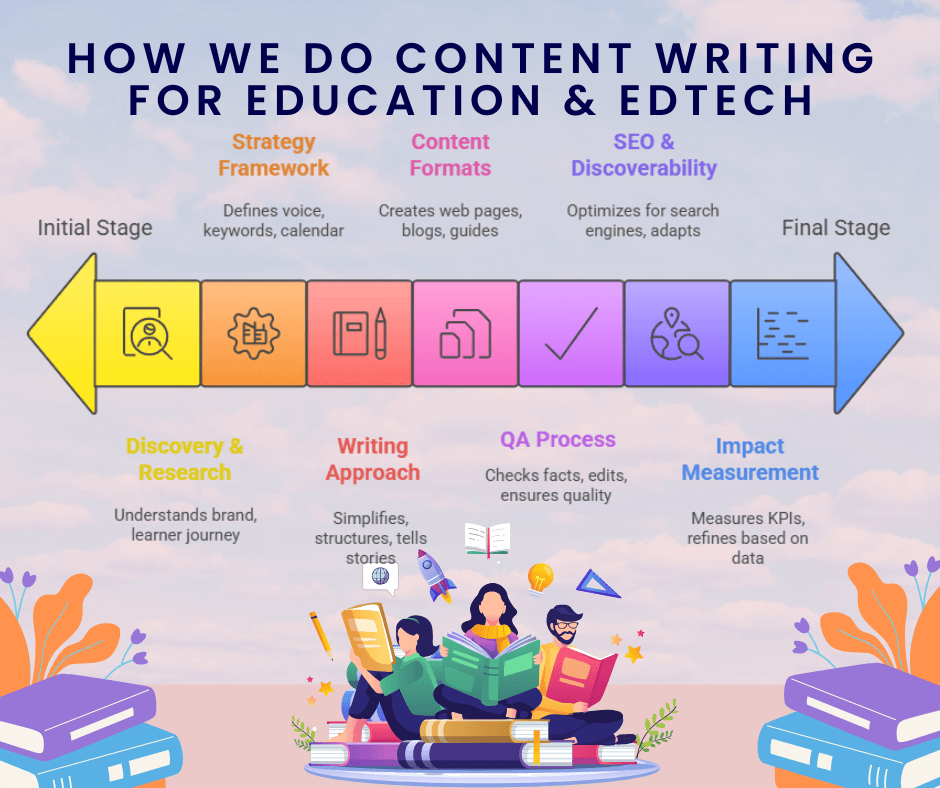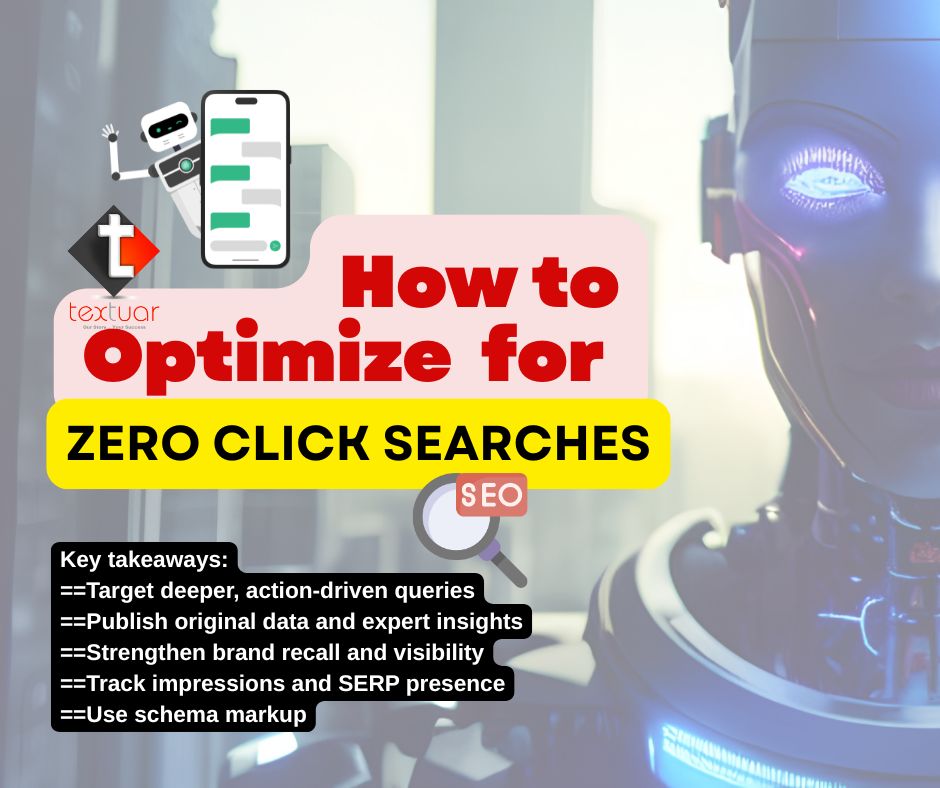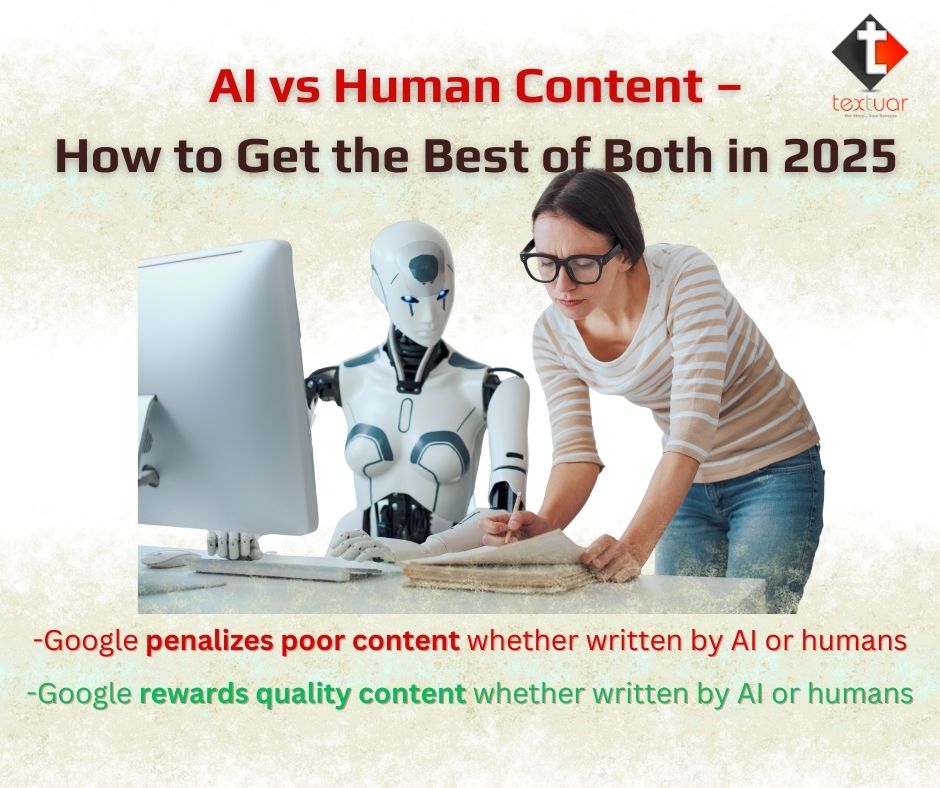Are you tired of writing articles that don’t get read?
Have you optimized the content fully for SEO but still lack traffic?
Do you need an effective way to get more traffic to your SEO-optimized article content?
Then this post is for you.
We look at a few mistakes that we should avoid in order to get higher traffic and more interactions on SEO-optimized article content.
Mistake#1 – Not going after long-tail keywords
Yoast has done a splendid job of showing what are head terms and what are long-tail keywords.
Content writers often target just the head term when writing articles. But the mind-boggling competition means that you need to create an insane amount of content to get a minor movement on traffic.
Conversely, going after long-tail keywords has proven to be more effective for content writing companies. They use LSI keywords and delve deeper into sub-topics within the head term to write articles that generate traffic.
For example: –
1 – Shoes – Head term
2 – Nike shoes – Head term
3 – Nike Air Jordan Retro 1 high red – Long-tail keyword
Look at point3. Imagine what kind of user will type this long a query?
Obviously, one who is ready to purchase.
He has sifted through all options and feels that he is now ready to make a purchase (the last stage of the buyer journey).
Now imagine, if your shoe store has written articles with this long-tail keyword. It will appear on the first page of Google search results page. The searcher will visit your site and make a purchase.
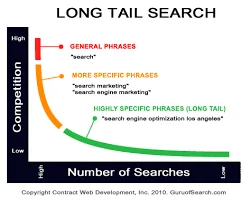
A caveat though.
Your content can add head terms only if:
- You have a lot of authority on the industry
- You don’t have a lot of competition in your industry
Now, only 2-3% of the companies in their respective domains will fulfill these two criteria. For the huge 97% of the remaining companies, it makes sense to go after long-tail keywords in article writing.
Your article writers need to delve deeper into the sub-topic of a head term.
Read More – How to get the best long-tail keywords for your blog
Mistake#2 – Optimizing article for SEO and not for readers
Yes, many content writers will be surprised at this flaw. But it is true. Optimizing for search engines means that your article isn’t keeping the reader at the centre of the action.
This is wrong.
No matter how much you optimize the article writing for on-page SEO, it will not deliver results till it is considered a valuable content by the readers.
As an article writer, you need to keep the readers in mind when writing content. You need to the know search intent behind the query. With this information, you can develop relevant content that helps meet the exact intent.
Google too emphasizes article writing based on search intent for brands.
There are three key types of search intent.
1 – Informational search intent
Searchers are looking for information.
For example
“How many calories in kale juice?”
“What is the time in Florida?”
“Tips to hire SEO content writing agency”
How to optimize content for informational intent?
1 – Write long form articles with a lot of tips and helpful information
2 – How-to- guides and videos
3 – Elaborate step-by-step articles
4 – Data-rich infographics
2 – Navigational search intent
Searchers are looking for a specific website. They enter the site via Google results rather than typing the URL in the browser’s address bar.
For example
“YouTube”
“Textuar blog writing”
How to optimize content for navigational intent?
1 – Add brand name to content
2 – Use keywords like <search query> + <brand name>
3 – Write case studies and e-books where these keywords can be fitted organically.
4 – Product demo videos and landing pages too will help
3– Transactional search intent
Searchers are looking to make a purchase. They may have the exact product name or the generic name with a ‘buy’, ‘purchase’, or ‘order online’ keyword next to it.
For example
“Order iced coffee maker”
“Pizza delivery” (interestingly, many local searches are transactional in nature!)
“Buy HP Envy laptop”
How to optimize content for transactional intent?
1 – Add ‘buy’, ‘purchase’, or ‘order’ after the keyword
2 – Landing pages and signup pages
3 – Sales persuasive web content writing with a clear CTA
4 – Optimize transactional search content for local searches
Mistake#3 – Not Doing Internal Linking
When you are writing an in-depth article, chances are that you get an opportunity for internal linking.
These link to contextual and relevant pages. Such pages in your own site has more in-depth information for a specific sub topic presented in the article.
Suppose if you are writing an article on ‘Social media marketing”. In this article, one of the paragraphs you wrote about is “Instagram marketing”.
Now, if you already have a post on “Everything about Instagram marketing”, you can easily do an internal linking to this page.
Be careful though. The link should be contextual, i.e., it should discuss the same topic/subtopic that was covered in the point where the reader was diverted from the main post.
Learn More – All You need to Know about Internal Linking
(PS – See what we did here? We have a nice big juicy post on “Internal linking”, that readers can read once they have consumed the point#3 on this post)
Mistake#4 – Not Providing Enough Backlinks in Article
Many well-written articles languish in SERPs simply because they don’t have a backlink to an authoritative site. Remember guys, that backlink is one of the most important ranking signals for Google.
If you keep adding relevant and authority backlinks to your article writing, your site will definitely rank higher over a period of time. An Ahrefs study showed that 66.31% of the pages they analysed didn’t have any referring domains (aka backlinks).
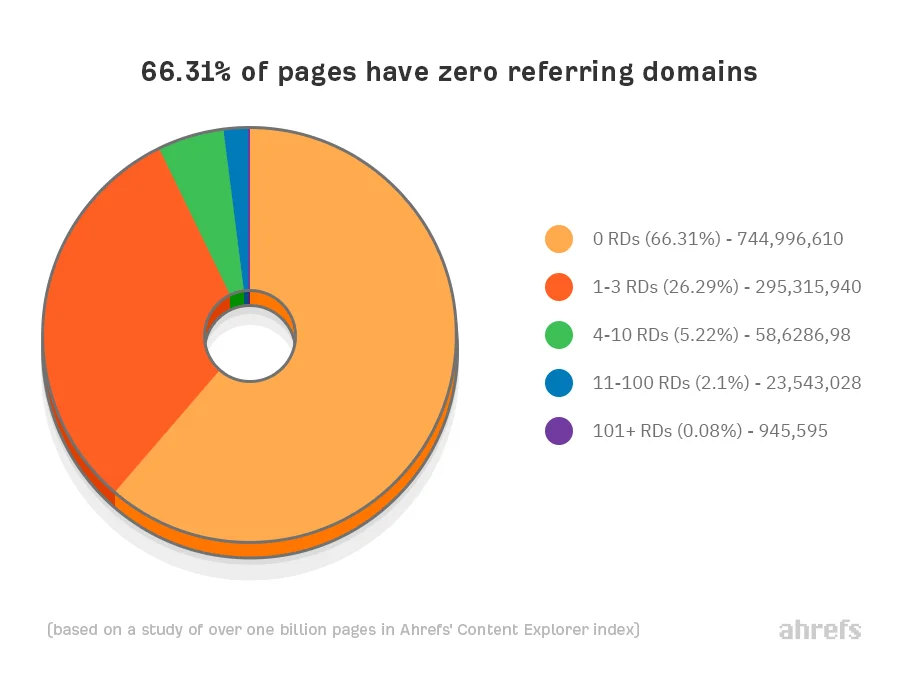
As article writers, you need to add at least three or more backlinks, to expect traffic boost. Of course, the main mantra here is that the backlink should be authoritative and speak about the same topic or genre that you are presenting in your article content.
For example, if an AC installation expert has two backlinks – one from cat videos and another on an air conditioner buying guide, the latter will be relevant to the AC installation expert.
So go by three thumb rules to determine if your backlink is helping your SEO-optimized article or not:
1 – it is a high-traffic site
2 – it is relevant to your article content
3 – it is an authority in its industry vertical.
If your backlink satisfies these three conditions, then you can be assured that it is a quality link worth pursuing.
To conclude
These were a few pointers that many SEO webmasters and content writers were doing wrong. Make sure that your SEO-optimized article content is devoid of these issues.
This way, you can be assured of high-quality content that generates traffic, leads, and conversion for your site.
Contact an experienced article writing company like Textuar to develop compelling SEO-optimized articles that takes your brand visibility to the next level of ‘wow!’

